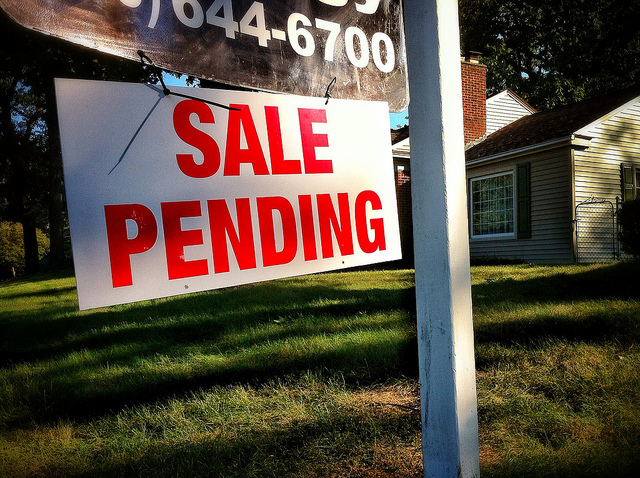The number of new homes that are built and sold has an effect on everyone who buys or sells a house. Mostly, this is true because of prices. Regardless of whether you’re interested in buying a new house, the number of new homes on the market helps determine prices for all houses. That’s because, new homes add to the number of homes available for sale, which helps alleviate upward pressure on prices. In short, good news for builders is good news for buyers. That’s why the most recent Housing Market Index from the National Association of Builders is encouraging. According to their most recent release, builder confidence rose in August. In fact, the index increased four points to 68, on a scale where any number above 50 indicates more builders view conditions as good than poor. Granger MacDonald, NAHB’s chairman, says demand is rising. “Our members are encouraged by rising demand in the new-home market,†MacDonald said. “This is due to ongoing job and economic growth, attractive mortgage rates, and growing consumer confidence.†More here.













